
Chapter 1
- Patent Highlights
- Smart Contracts
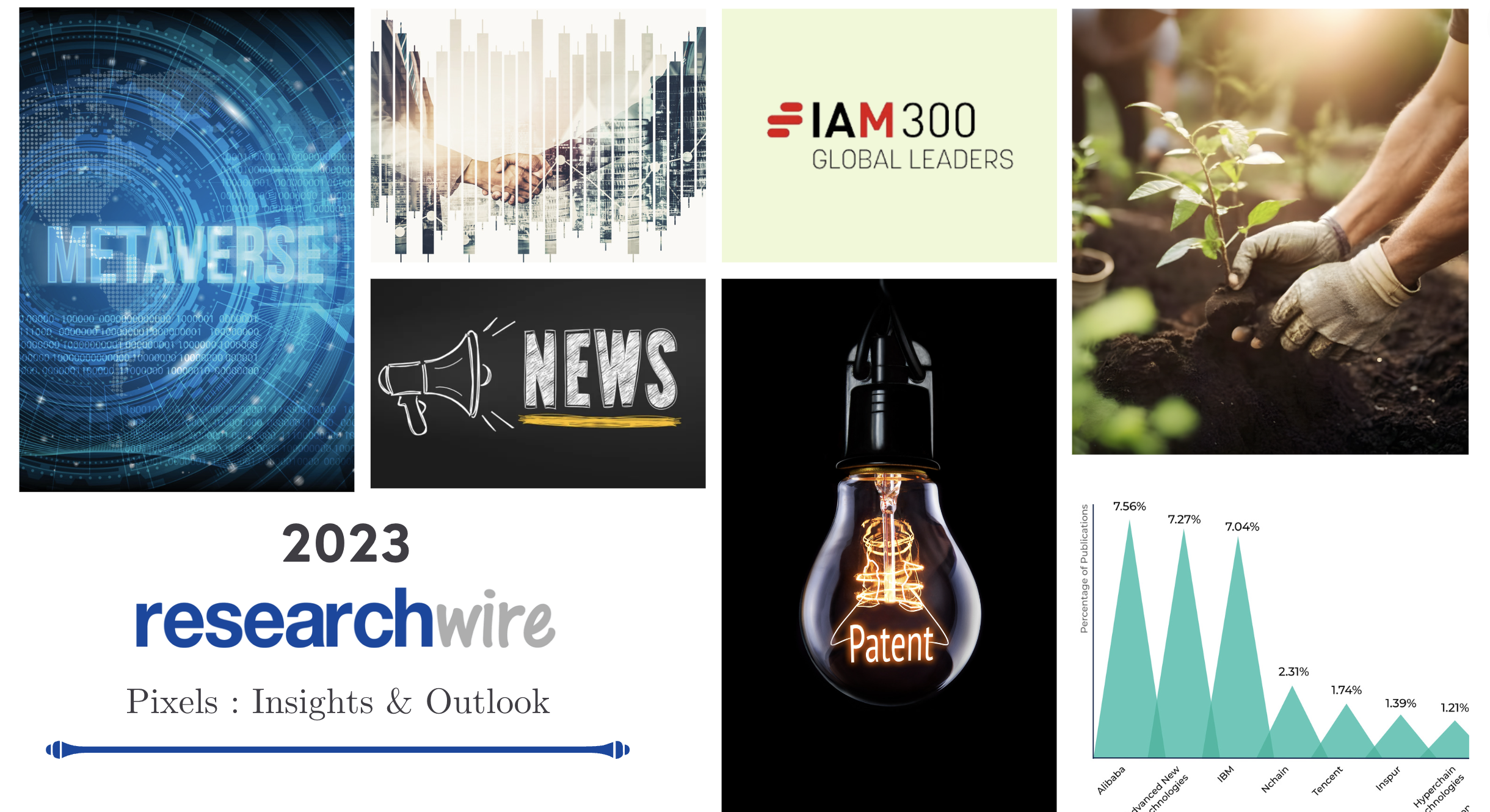
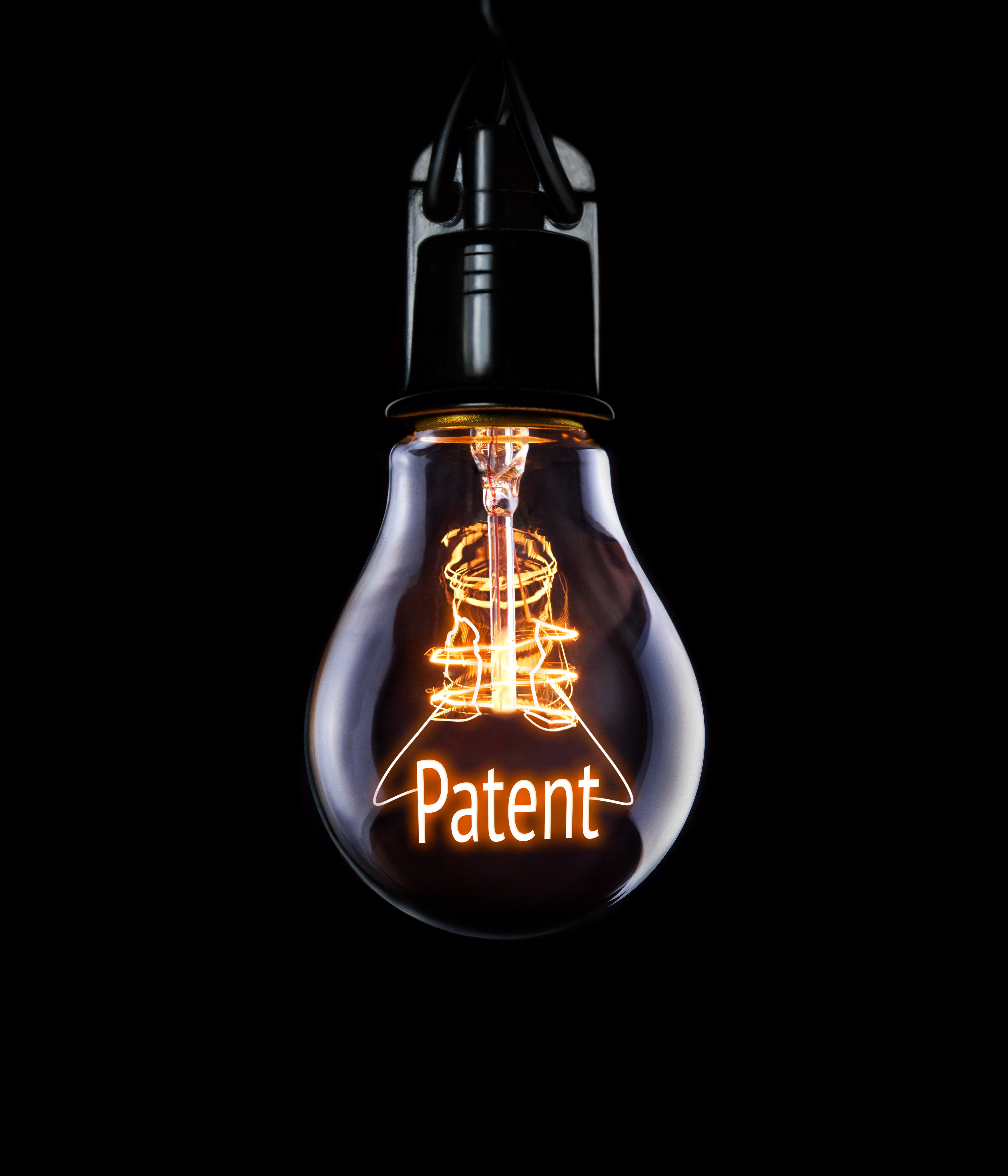
Over eleven years in leading intellectual property,technology & market research consulting.


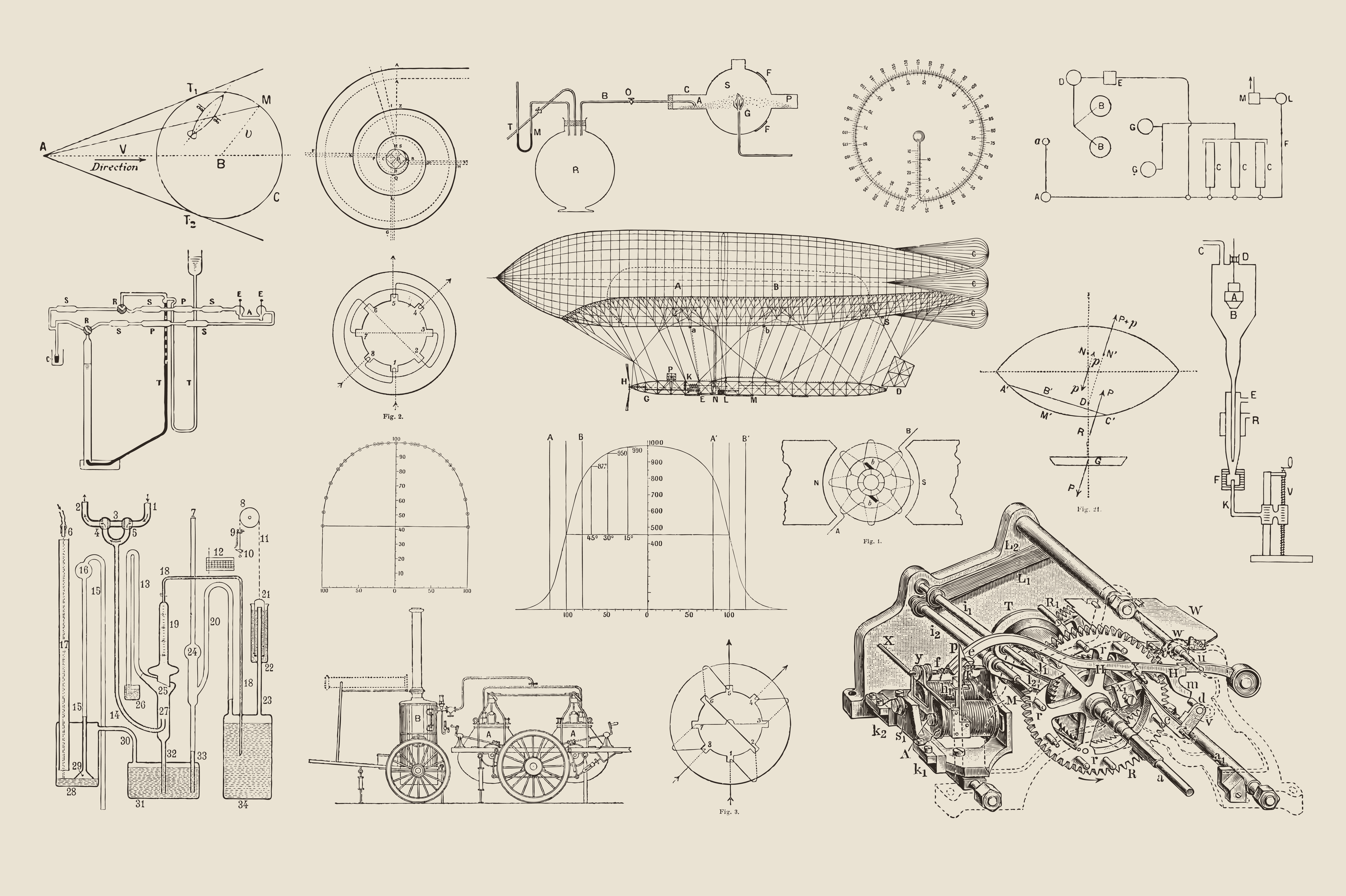

Global Intellectual Property News and Emerging Trends in Smart Contracts
Innovation and technology continue to be major driving forces in today's global economy. As such, patent filings and intellectual property protection are crucial for companies looking to stay ahead of the competition. This chapter highlights the latest patent and technology news from the European Union (EU), Asia Pacific (APAC),
and the United States (USA). We'll explore the smart contract landscape, filing trends, and the key players in each region. From advancements in AI and blockchain to new regulations affecting intellectual property rights, this chapter provides a comprehensive overview of the latest developments in the world of patents and technology.

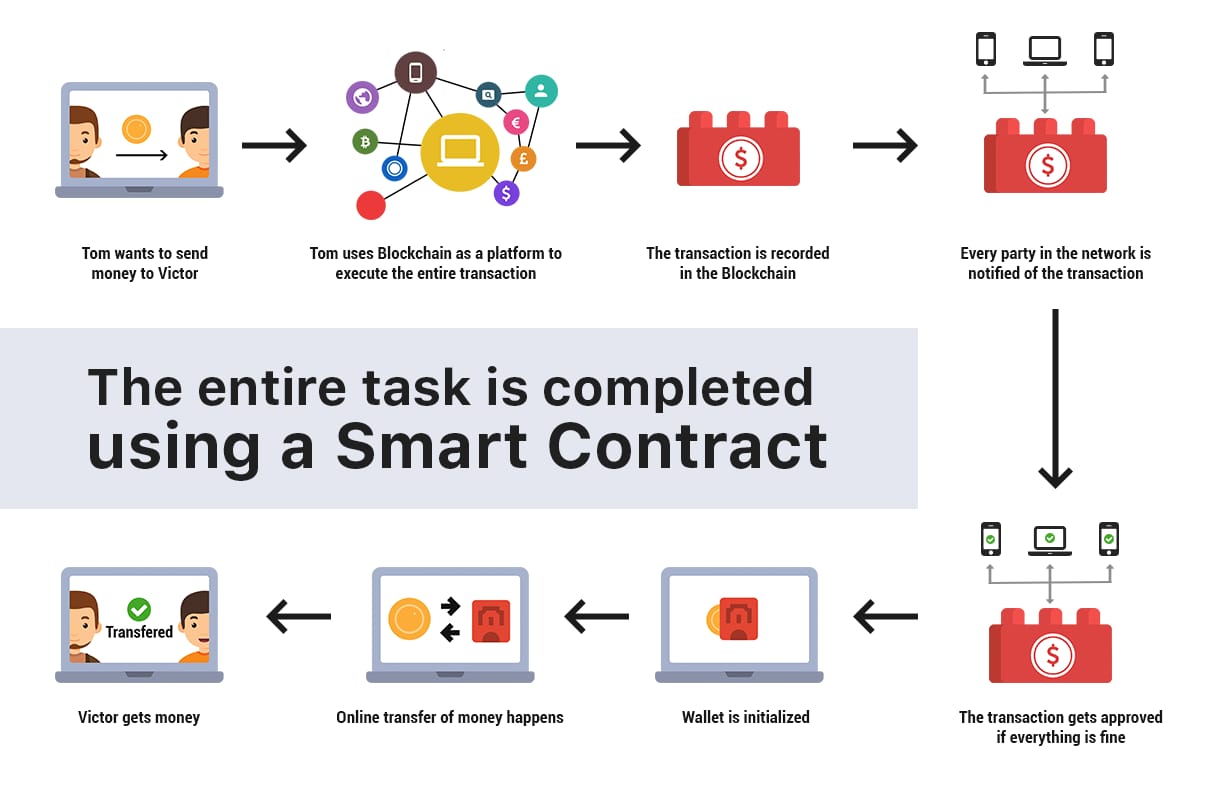
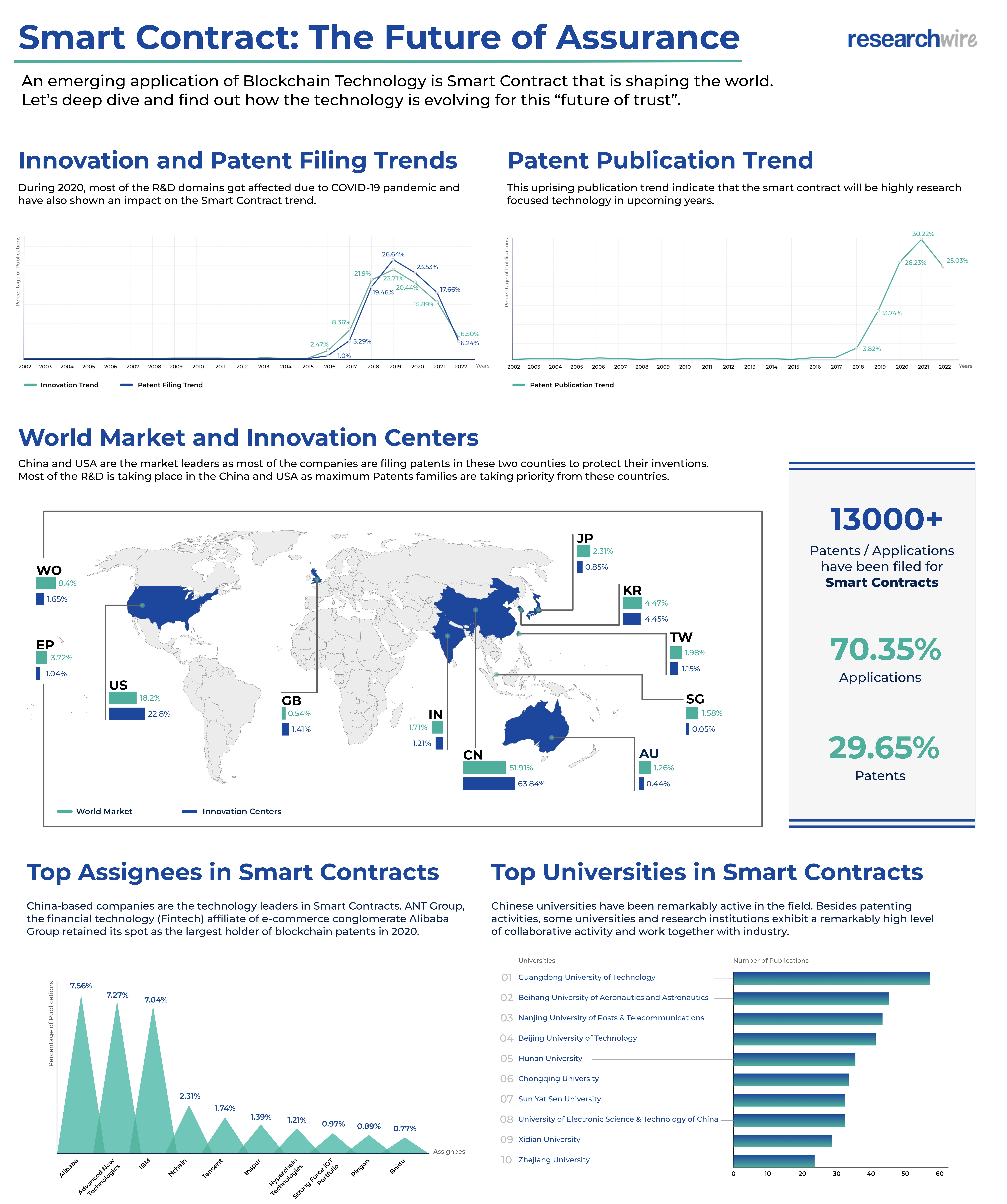
Notable Patents and Expiring Biotech Patents
Big pharma players invest mammoth
amount of money to discover and develop new drug. These new drug patents provides them
certain exclusive rights to manufacture and sell the drug, without competition from
other companies for a certain period. Using this exclusivity, the company generally
charge a premium price for the drug and leads to higher cost for the patient.
However, upon expiring of drug patent or marketing exclusivity, other companies can
legally produce and sell generic versions of the drug. Generic drugs are identical in
terms of dosage, strength, route of administration, quality, and intended use to the
original drug. Further generic drugs are less expensive as well.
This competition from generic drug makers often
drives down the price of the drug significantly, making it more affordable for patients.
It also gives patients access to alternative sources of the drug, which can be helpful
if the original manufacturer is unable to keep up with demand or if there are
shortages.
Therefore, expiring drug patents can help generic drug makers by allowing them to
legally manufacture and sell a lower-cost version of a drug that was previously only
available from the original manufacturer. This, in turn, can increase competition in the
market, lower prices for patients, and improve access to necessary medications.
These patents demonstrate the diverse range of innovation occurring in various fields, including robotics, mobile devices, healthcare, and renewable energy. These inventions have the potential to transform industries and improve people's lives by addressing important issues such as access to internet, healthcare, and more efficient ways of performing tasks.
The annual compilation of the top 300 companies, organizations, and universities in the patent field, based on the quantity of issued U.S. patents each year is being displayed herewith and shows how innovation is evolving every year.
Keeping track of patented drugs can be important for various stakeholders, including
pharmaceutical companies, healthcare providers, patients, and investors to stay well
informed about potential opportunities for investment or development. Some ways to keep
watch of patented drugs are:
We have compiled a list of 54 patented drugs whose one or more patents are going to expire this year and/or subsequent years. We have used combination of various free and commercial available databases to uncover this data.
Technology Trends and Insights Across Top Five Origins, and the Role of Researchwire
The world of technology is
constantly evolving, with new fields emerging and existing ones advancing at an
unprecedented pace. The World Intellectual Property Organization (WIPO) publishes
reports on technology trends, and in this chapter, we will take a closer look at the top
three technology fields for each of the top five origins published by WIPO.
According to WIPO's latest data, the top five origins of technological innovation
are
the United States, Japan, China, Germany, and South Korea. These countries have
consistently ranked among the most innovative nations, and their technological
advancements have had a significant impact on the global economy.
In addition to our analysis of the top three technology fields, we will also highlight the key differentiators of Researchwire, a leading IP ,market research analytics and technology consulting organization. Researchwire's innovative approach to intellectual property and technology consulting has made it a standout in the industry, and we will explore some of the reasons behind their success. Finally, we will cite some interesting news about Researchwire, including their recent expansion into new markets and their collaboration with leading companies in the technology space. Through this chapter, we hope to provide readers with a comprehensive overview of the latest trends and developments in technology across the globe, and the key players driving these changes.
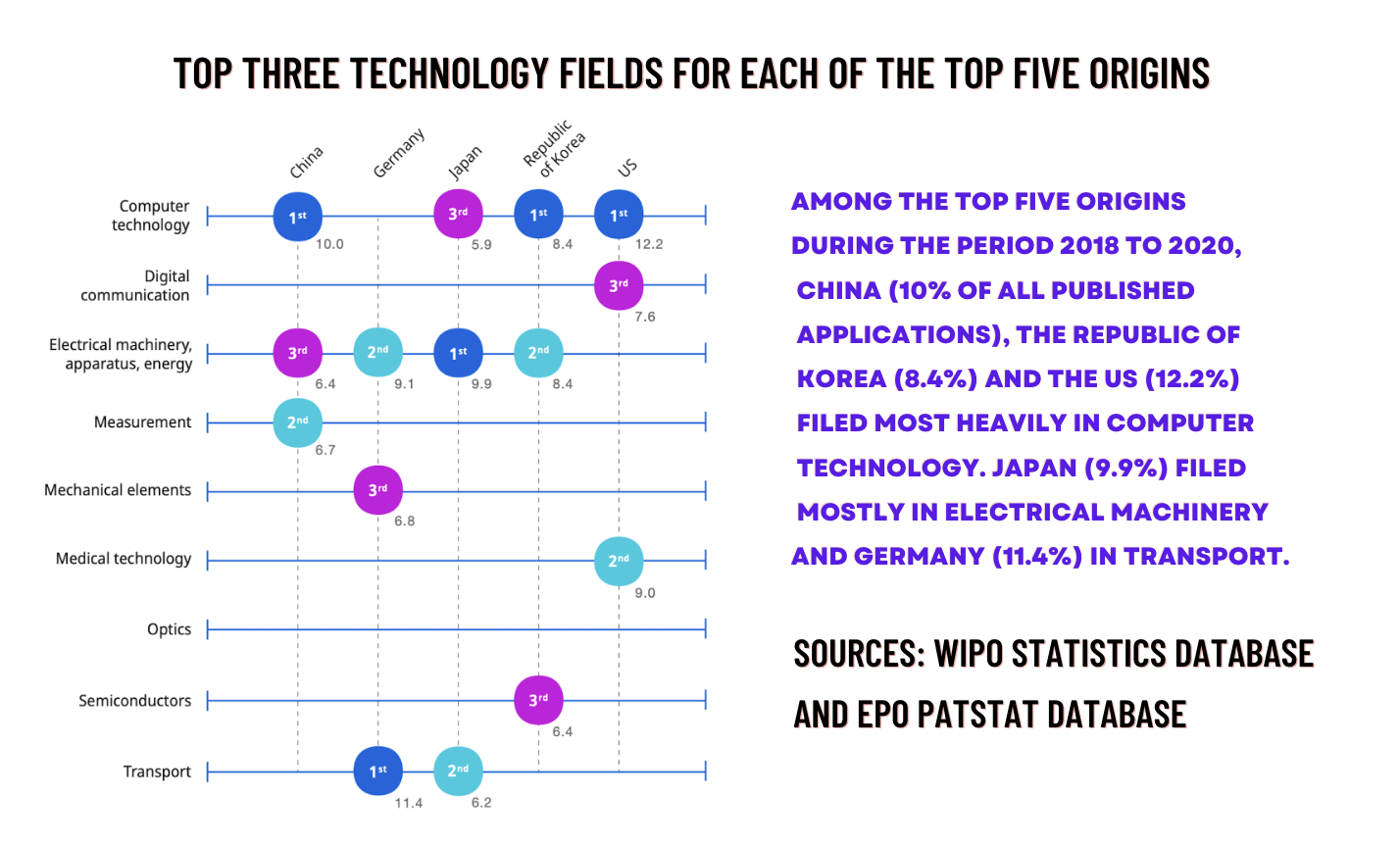
Research-driven and precision in our methodology helps us deliver accurate and reliable results
Worthiness in the team drives sagacity
Innovation drives our passion for quality work towards our customers

Rigor ensures robust and unbiased analysis, interpretation, and reporting of results

Empathy towards the customer drives trust and loyalty


With supporting text below as a natural lead-in to additional content.
With supporting text below as a natural lead-in to additional content.
With supporting text below as a natural lead-in to additional content.
Collections
Welcome to Collectibles chapter, where we proudly showcase our organization's impressive collection of technology insights and blogs covering various industries. Our expertise and knowledge are reflected in the numerous recognitions we have received and the memberships we hold in prestigious organizations. Additionally, we take pride in our esteemed Wall of Fame, where we celebrate the achievements of our organization and its members.
In this chapter, we not only highlight our technological prowess but also delve into our employee and work culture. We firmly believe that our people are our most valuable asset and strive to create a positive and engaging work environment that fosters growth and development. We are pleased to report that our efforts have paid off, with statistics showing high levels of job satisfaction and engagement among our team of highly experienced professionals.
How each of us defines work-life balance is highly personalized and depends on multiple factors. This was corroborated by the findings of a recent poll amongst our LinkedIn community. Researchwire recently conducted a poll on linkedin to understand the preferences of our audience on flexible and hybrid work options. The
findings clearly reflect what the working world has learnt from the pandemic experience. Employees know that team bonding is important for creativity and trust, but they also realize this can be achieved by meeting colleagues few times a week, rather than every day.
Our commitment to excellence is evident in all aspects of our business. We believe in staying at the forefront of emerging technologies, providing exceptional service to our clients, and delivering on our promises.
We hope that this chapter serves as a testament to our organization's dedication to excellence and gives you a glimpse into the values and culture that drive our success. Thank you for taking the time to explore our organization's achievements and offerings.
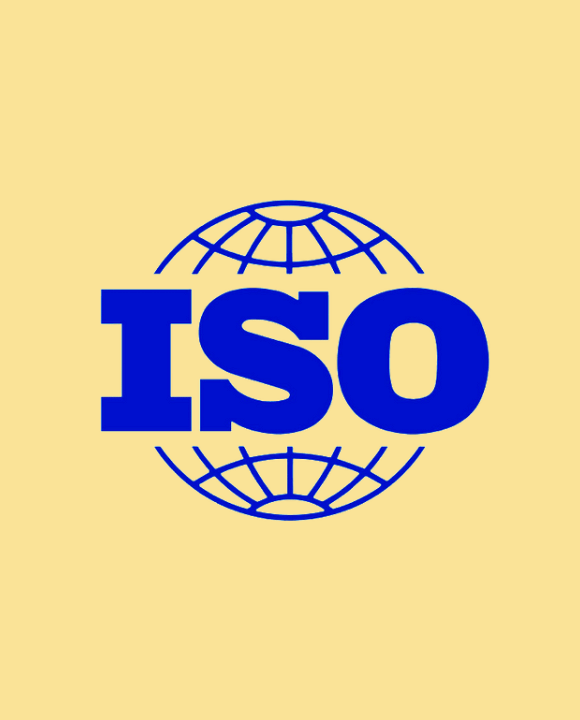
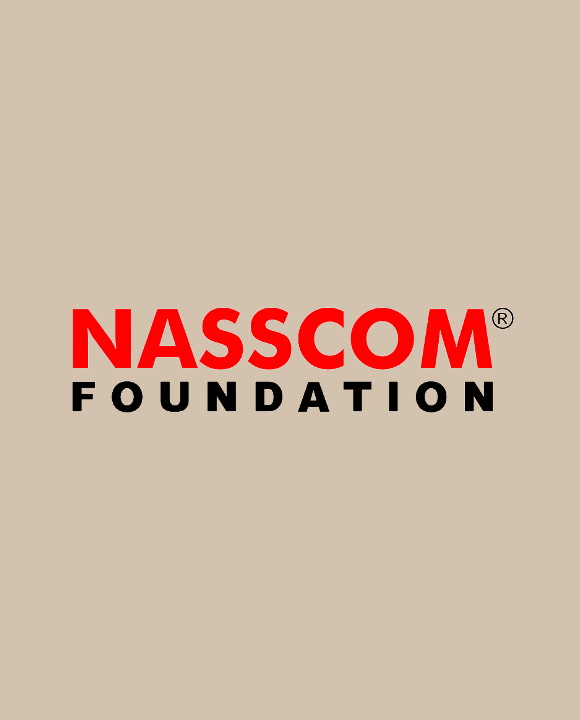
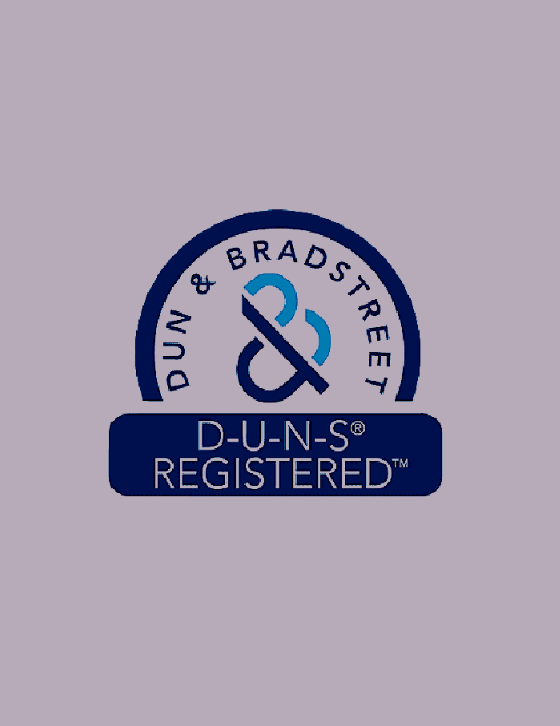
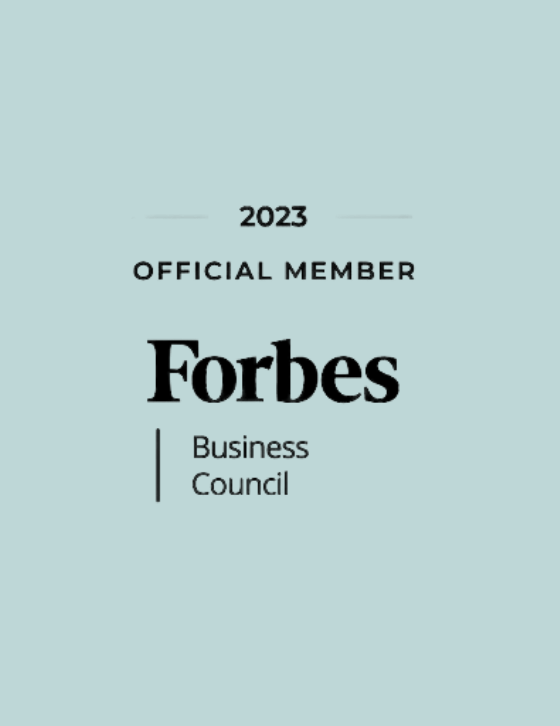
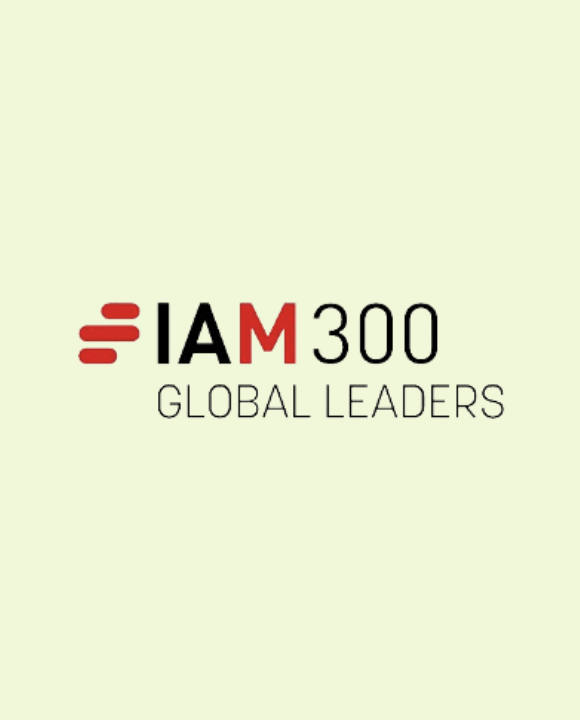

Click on any sector to explore more